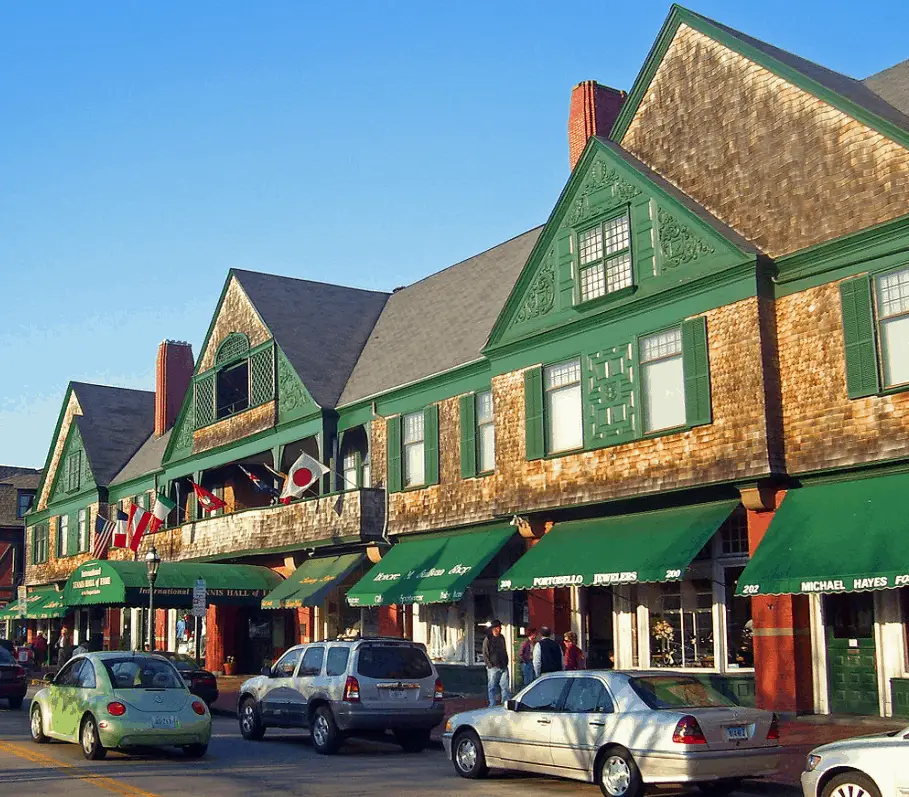It’s played on courts all around the world by people from just about all nationalities. It has become one of the biggest sports in the world, and in this post, you’ll discover the ultimate list of facts about tennis and its history.
Related: Don’t miss the ultimate list of facts about the history of soccer here and basketball here, and these are the most played sports in the world.
1. Tennis used to be played with the hands
It’s believed that the original game was invented in Northern France in the 12th century, where it was called “Jeu de Paume.” This literally translates to “Game of the palm.”
The palm obviously refers to the palm as that was used to hit the tennis ball instead of the rackets we know today.
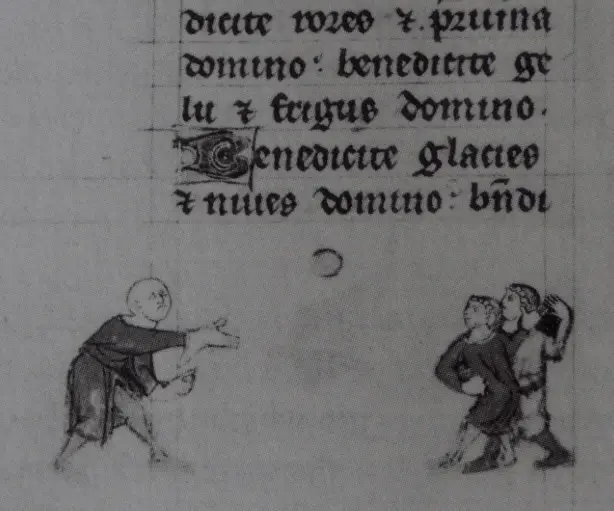
2. Louis X of France was a keen player
Jeu de Paume wasn’t considered a game for peasants and commoners. It was played in the highest circles, including the royal family.
King Louis X of France (1289-1316) loved to play the game, and if we have to believe his nicknames, which were the Quarrelsome, the Headstrong, or the Stubborn, he hated losing.
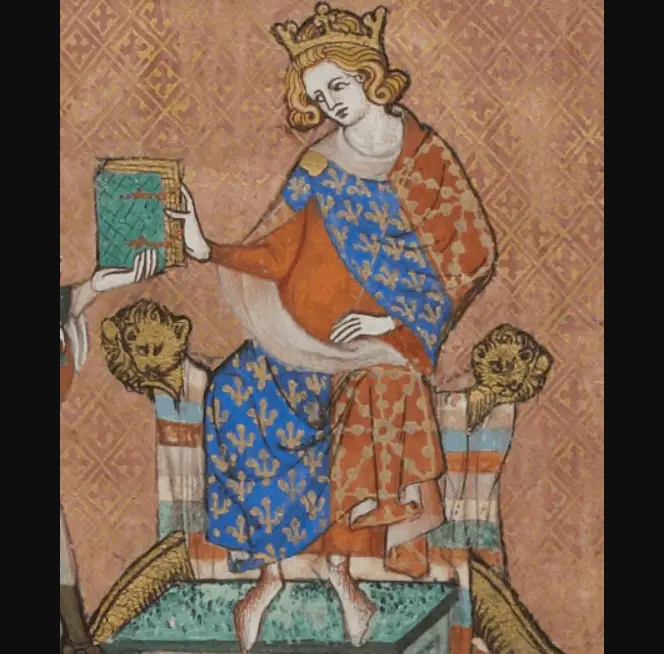
3. He died shortly after playing the game
In June 1316, the then 26-year-old King of France Louis X had played an exhausting game of Jeu de Paume in Vincennes, a suburb of Paris.
He decided to quench his thirst with a large amount of cooled wine. That’s wasn’t the best idea as he died shortly after of either pneumonia or pleurisy.
4. He became the world’s first tennis player
because of his early death which was contributed to a game of Jeu de Paume, Louis X became the first tennis player we know by name due to contemporary documentation related to his death.
5. Was the first tennis player ever poisoned?
The story about the death of the first tennis player in history (even though he played a variation of the game played with the hands and called Jeu de Paume), King Louis X seems a bit farfetched.
That’s why historians question if it’s really true. Many believe that instead of dying from pneumonia, his wine was actually poisoned and that’s how he met his end.
6. Louis X left a legacy
Apart from allowing serfs to buy their freedom, abolishing slavery, and allowing jews back into France, Louis X also left a legacy regarding the predecessor of tennis, Jeu de Paume.
Apparently, he didn’t like playing the game outside, so at the end of the 13th century, he had indoor courts built in Paris. This soon spread across royal palaces all over Europe.
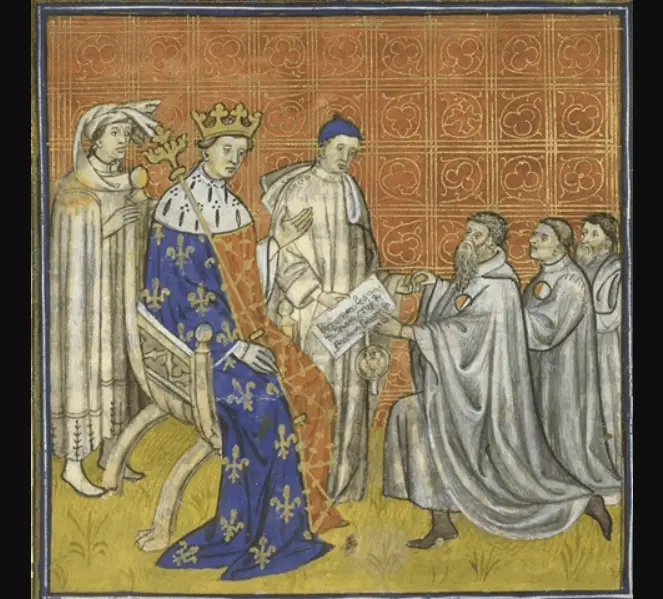
7. Charles V also loved the game
One of the greatest kings France had during the Hundred Years’ War was Charles V (1338-1380), fittingly referred to as “The Wise.”
Apart from being a great strategist on the battlefield, he was also one of the initial enthusiasts of the game and was one of the first Kings to introduce the game to the people.
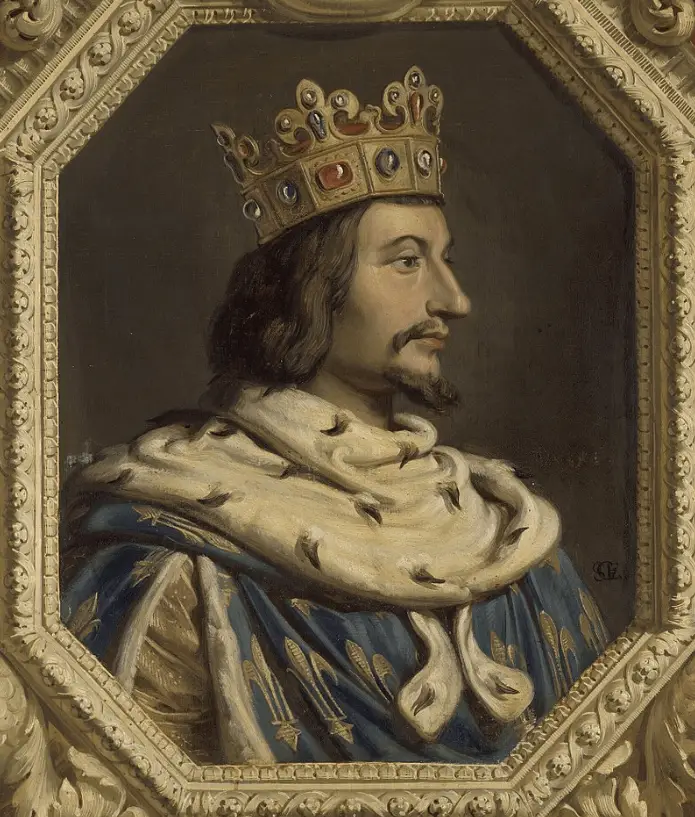
8. A court was built at the Louvre
The Louvre is now one of the biggest museums in the world, housing the most famous painting in the world as well, the Mona Lisa. But did you know that the Louvre used to be a castle (and later palace) and residence for the royal family?
Charles V actually lived at the Louvre Castle and had a court to play Jeu de Paume set up there in 1368.
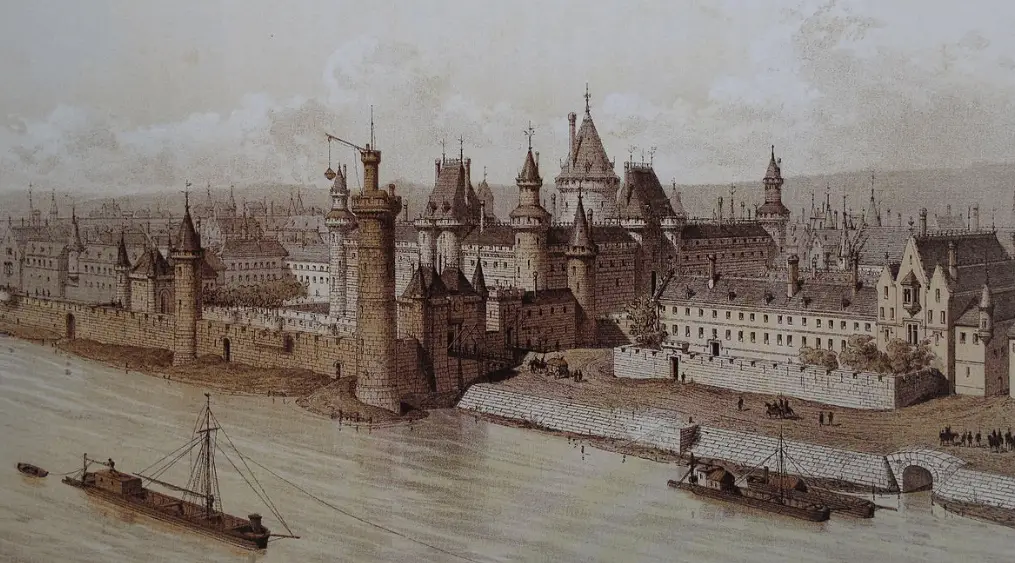
9. Jeu de Paume turned into Courte Paume
In English, the game was derived from Jeu de Paume and is where modern-day tennis is derived from. This game was called “Real Tennis.”
A later variation of the game was “Lawn Tennis” because it used to be played outdoors on grass as well as opposed to the indoor courts known for Jeu de Paume.
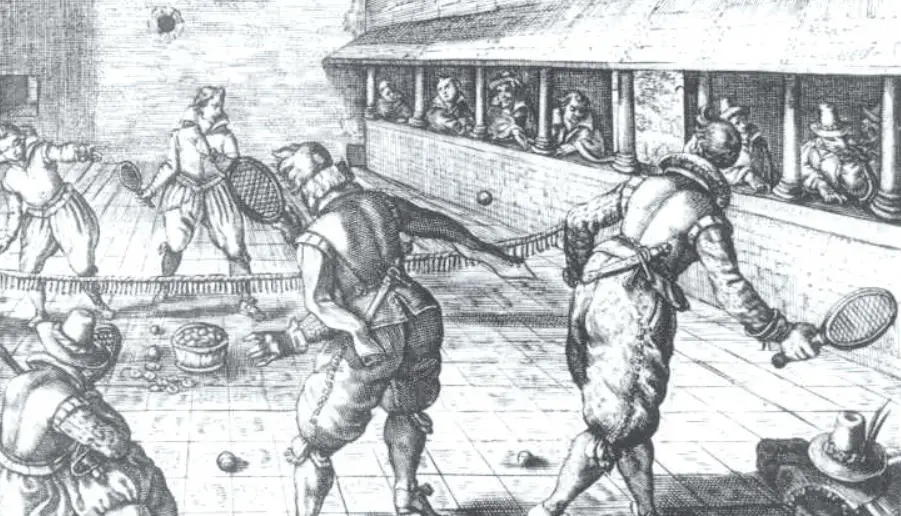
10. It took a while before rackets were being used
It wasn’t until the 16th century that the transition was made between the Jeu de Paume that was being played with the palm and the Courte Paume (or real tennis) that was being played with a racket.
11. The ball could hit the wall
The indoor variation of real tennis included an aspect that really differentiates it from modern-day tennis, which is the fact that the ball could hit the wall and bounce back into play.
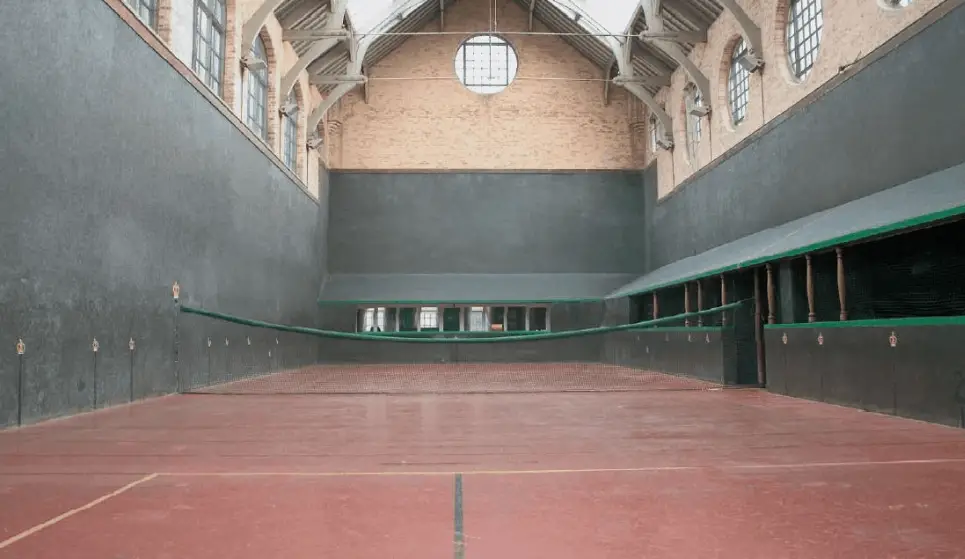
12. It was a game for royals
The game that is known as “Real Tennis,” just as many other games before and after it, was often referred to as “the sport of kings.” This is logical since it was mostly played in castles and palaces.
13. Courte Paume was played a lot in Paris
The Papal Legate assigned to Paris noted that there were over 250 courts to play Courte Paume in Paris alone in 1596. This was at the peak of the popularity of the game.

14. The game is kept alive by Parisians
The game that was once so popular in Paris and all of France died a silent dead until it was transformed into what we now know as tennis.
The game, however, is being kept alive by a small group of Parisians who feel it’s a national sport that needs to be maintained.
15. A Jeu de Paume court played a huge role in the French Revolution
In the late 18th century, the French monarchy was about to be thrown over by a group of revolutionaries. This tremendously important event is known as the French Revolution.
One of the most significant moments of the revolution happened in a Jeu de Paume court just outside of the Palace of Versailles. It’s here that the Tennis Court Oath was signed, a promise by the revolution leaders to stick together until a constitution was formed.
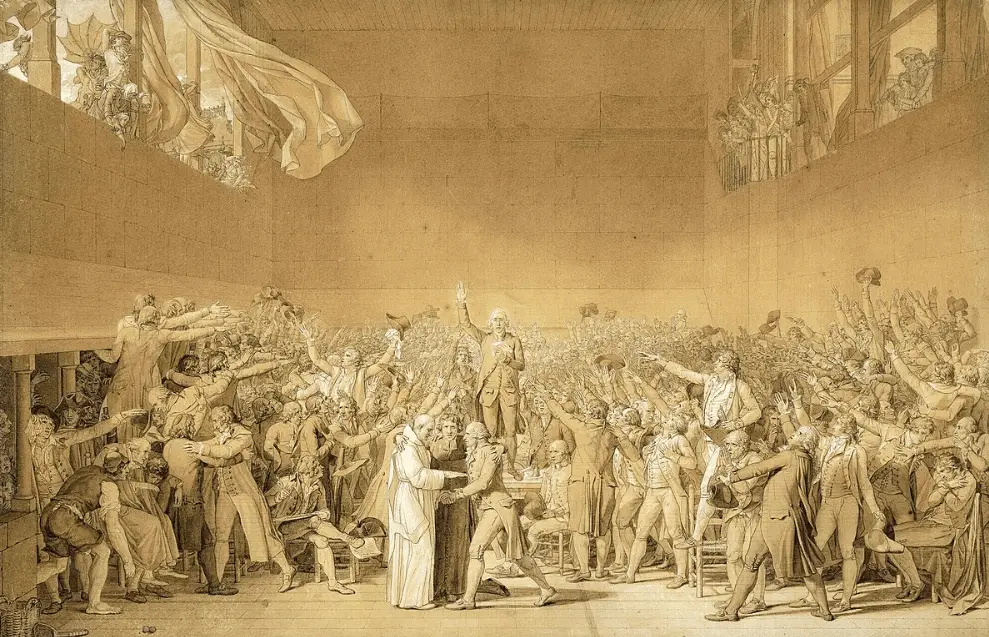
16. The game became popular in England
Real Tennis was being introduced in England in the early 15th century, but it wasn’t until the reign of Henry VIII that the game became popular as well.
Henry VIII was a fervent player of the game at Hampton Court on a court he had built in 1530 and on several other courts in his palaces.
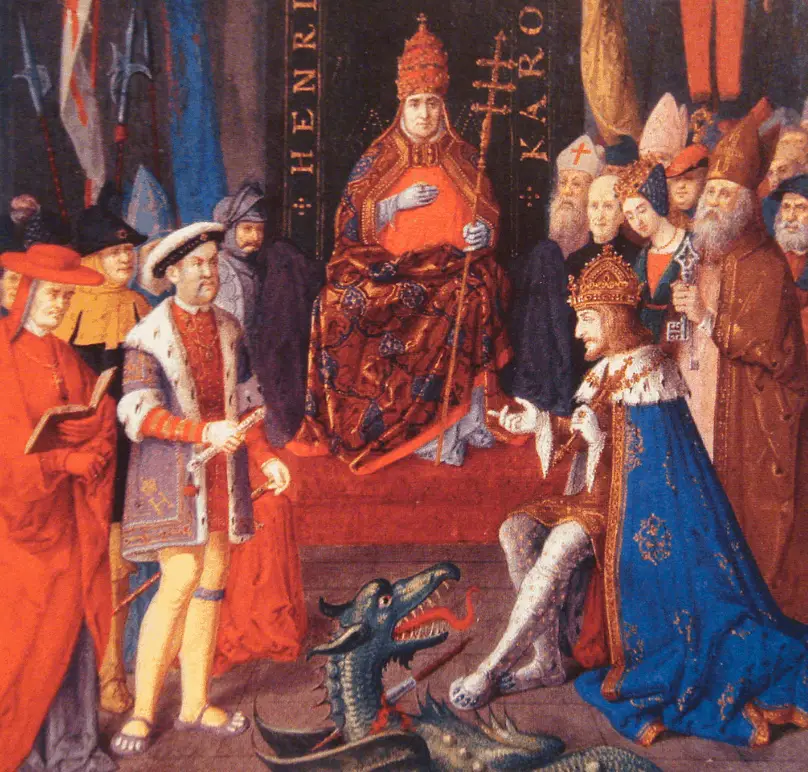
17. Where does the word “tennis” come from?
Rackets started being used in the 16th century, and that’s also where the word tennis came from.
It started being called tennis in the 16th century as a derivate of the French word “Tenez,” which literally translates to an expression for “Take It!”
This simply refers to the server hitting the ball which the receiver has to take and came about as an interjection, a spontaneous expression.
18. Anne Boleyn has a less amusing link to tennis
Anne Boleyn, who was executed by beheading because of treason, was arrested when she was watching a game of tennis.
Another interesting fact about Anne Boleyn’s relationship with tennis is that Henry VIII was informed about her execution when he was playing a game of tennis himself.
Whether or not he continued playing is unknown…
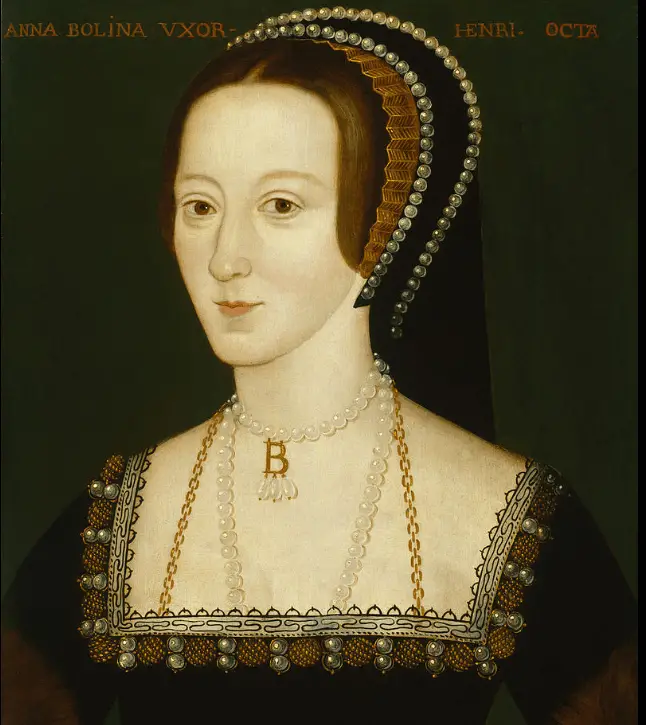
19. Real Tennis was only played on artificial surfaces
In contrast to the modern game, Real Tennis was never played on grass or gravel for instance. It was only played on stone or wooden floors.
20. Spectators watched the games from inside a concrete cage
Unlike the nice stands of the massive arenas we know today, spectators of Real Tennis had a less comfortable seat.
Instead of sitting in a chair, high up, having a wonderful view of the tennis battle, spectators of real tennis were locked up in a concrete box that resembles a prison cell, just next to the court. This area was referred to as the real tennis court “spectators’ gallery.”
Not our idea of watching a nice game of tennis!
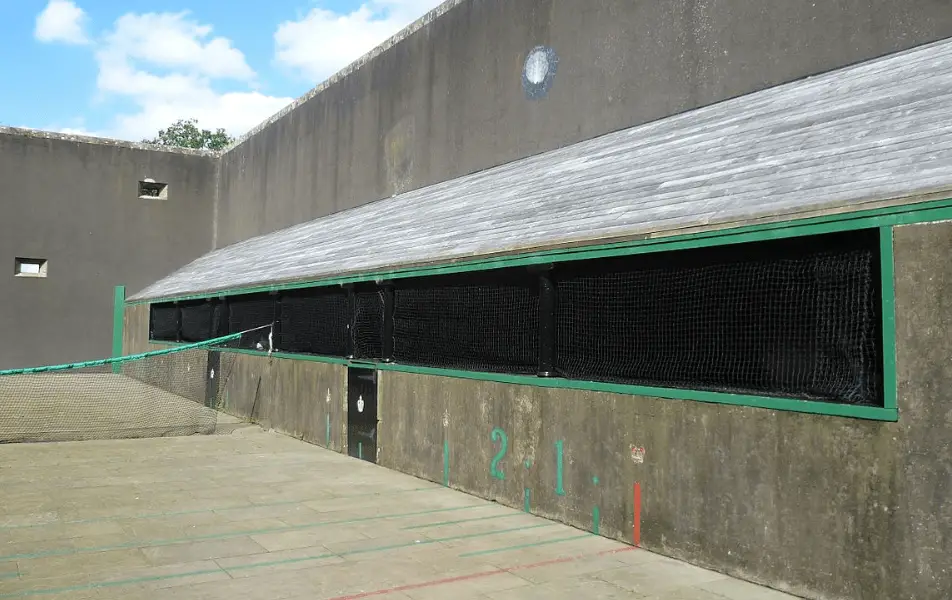
21. Real Tennis declined in popularity
While Real Tennis was being played at royal courts all over Europe in the 16th and 17th centuries, a serious decline started in the following 18th and 19th centuries.
At the same time, the first mentions were recorded of outdoor courts in the 18th century. The game was being called “Long Tennis” or “Field Tennis” and was the first time the game was actually being played on grass.
Lawn Tennis, the close predecessor of the modern game, was born in the Victorian Era!
22. The catalyst for the game was an invention
So what was needed for the game to become popular for regular people all over the world, instead of being restricted to the royal courts in Europe?
The lawnmower!
With this invention, grass courts could easily be maintained and prepared for games of lawn tennis, which in return made the sport widely available for the general public through the creation of tennis clubs.

23. The original game of tennis was called “pelota”
Major Thomas Henry Gem and his Spanish friend Augurio Perera invented a version of lawn tennis that closely resembles the modern game of tennis.
In fact, it was a combination of “Rackets,” an indoor racket game that was played in the United Kingdom, and “Pelota,” a Basque ball game.
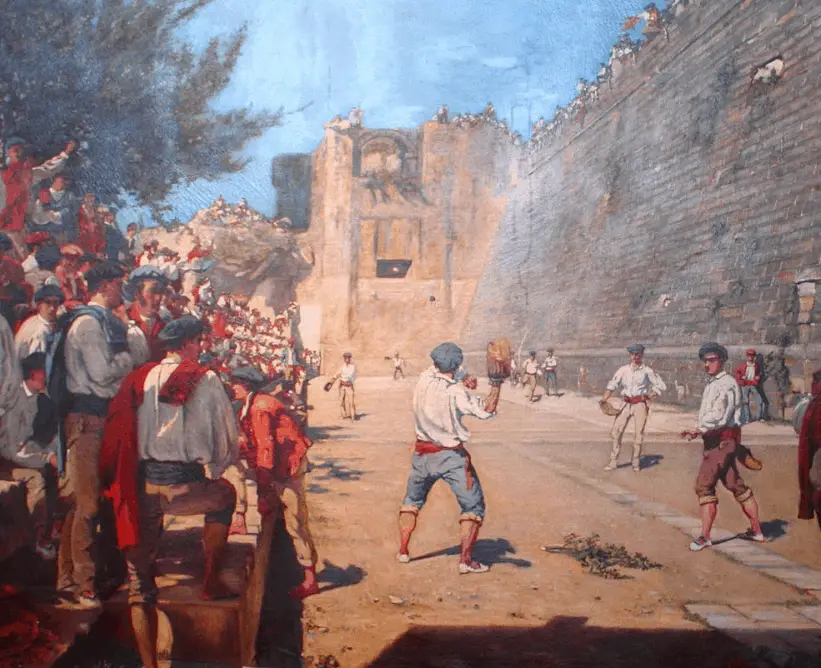
24. They played the game as early as 1859
In a booklet established by the Harry Gem Project, it’s mentioned that the two friends played the game as early as 1859, which is much earlier than the original mentions of 1865.

25. The first tennis club in the world
When the two friends invented the game, they used to play on the croquet lawn of Augurio Perera’s house. His residence was located in Birmingham in England.
After several years of playing together, in 1874, together with two local doctors, they decided to open up the first tennis club in the world on Avenue Road in Leamington, Warwickshire, England.
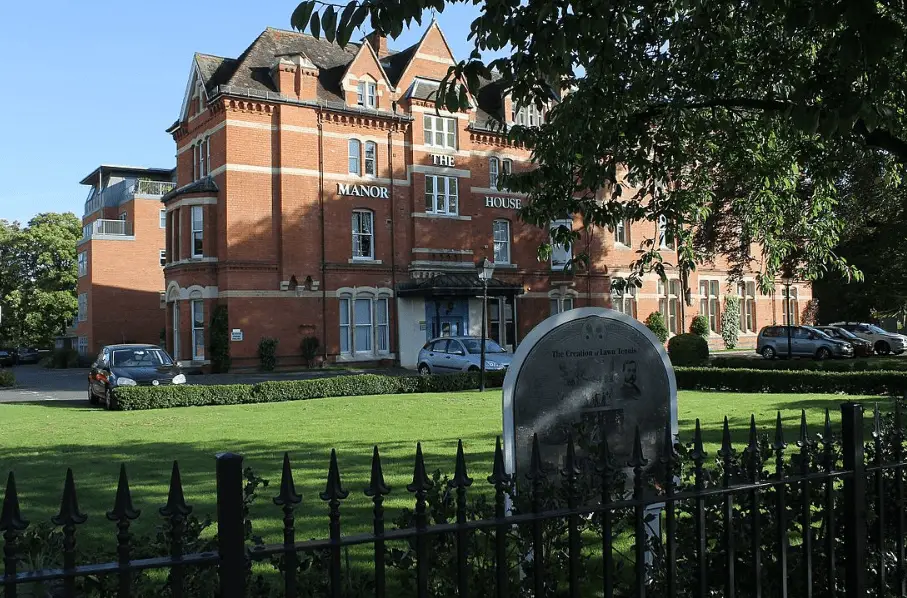
26. The second club still exists today
Unfortunately, the first tennis club in the world doesn’t exist anymore and closed shortly after it was opened.
The second tennis club in the world, which is called the Edgbaston Archery and Lawn Tennis Society, was set up just months after the Leamington club and still thrives today!
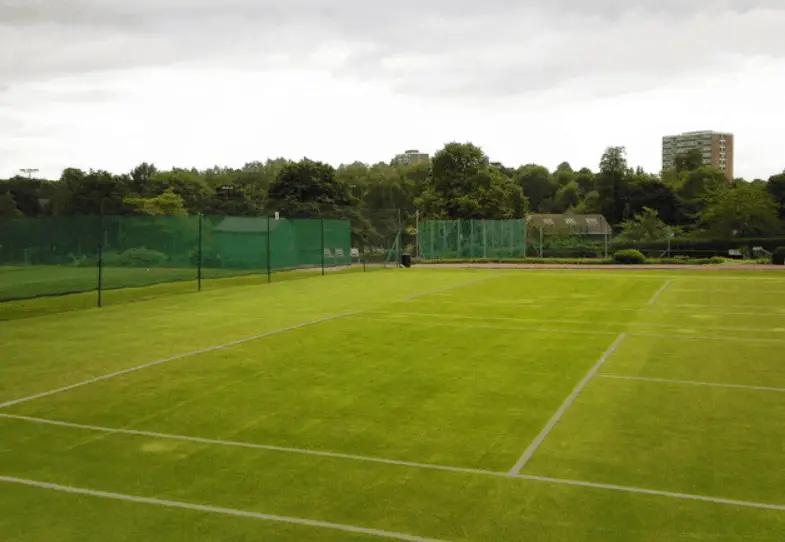
27. Harry Gem and Augurio Perera don’t get credit though
Even though all historical evidence points towards the fact that Harry Gem and Augurio Perera were the inventors of lawn tennis, they don’t receive credit for their invention.
Most of the credit goes to British army officer Walter Clopton Wingfield who created a set of rules and patented the game in December 1873, making him the official creator.
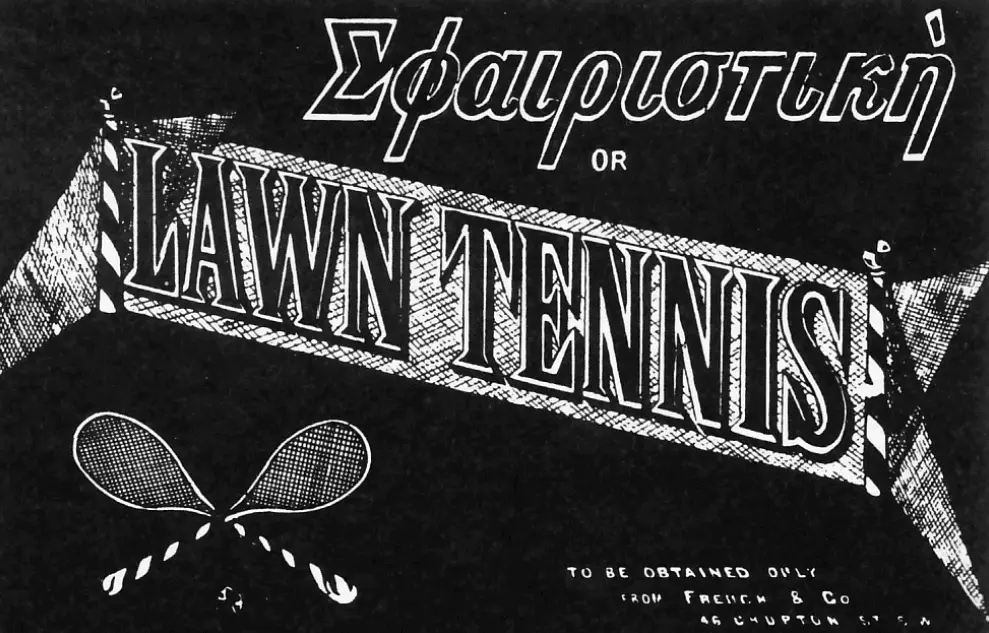
28. Wingfield’s game had a pretty weird name
Wingfield was creative when it came to picking a name, so he chose to give the game a Greek name sphairistikè (in Greek: σφαιριστική.
The meaning in Greek is simply “ball-playing.” Because of the weird name which was hard to pronounce, the game was soon referred to as something much simpler: “Sticky.”
29. He didn’t waste a lot of time to patent it
While Harry Gem and Augurio Perera saw the game as a nice hobby to play in their free time, it was clear that Walter Wingfield was keen on making the game a worldwide phenomenon.
He was very clever as he realized straight away that making a handbook with rules and guidelines would allow him to do just that.
One of the most interesting facts about tennis is that the official “inventor” of the game only played it for half a year before he patented it. Proof of this fact exists in a letter he wrote to Harry Gem in December 1874, which is mentioned in the book “Tennis: A Cultural History,” by Heiner Gillmeister.
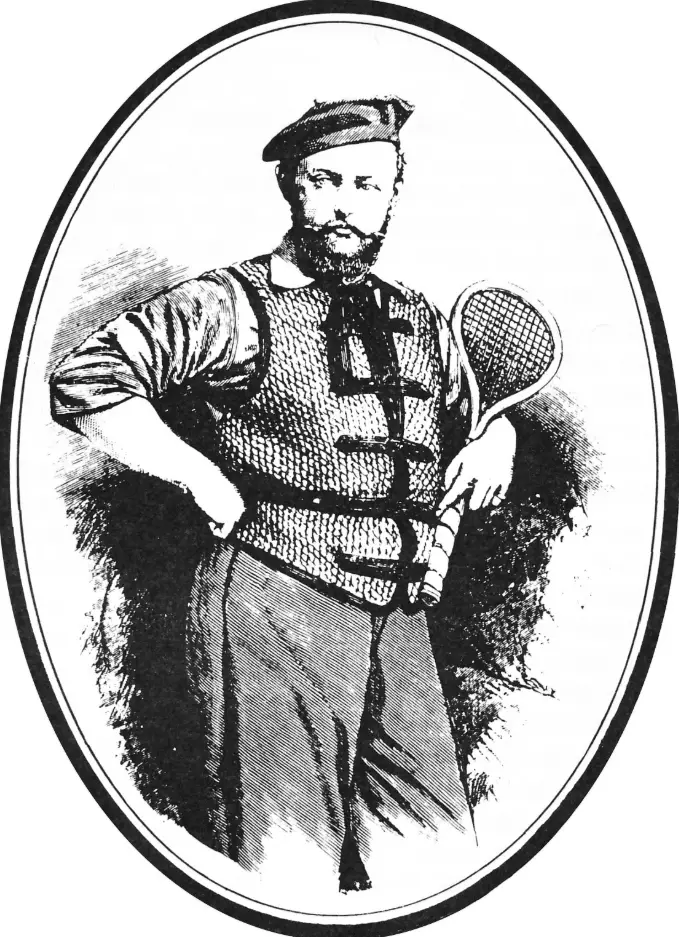
30. Wingfield does deserve a lot of credit
The one thing Walter Wingfield was good at was marketing and the understanding of what was needed to spread his game all around the world.
Apart from creating the rulebook, he also created a boxed set that included a net, poles, rackets, balls for playing the game. This made it very easy to set up a tennis court in any garden in the world and start playing right away.
31. What are these strange tools, Miss?
A funny anecdote about the boxed set that Wingfield created comes from Miss Mary Ewing Outerbridge, a respectable young lady from Staten Island in New York.
After coming back from a vacation in Bermuda, she was questioned by customs because she was carrying some strange tools. The net wasn’t a fishing net and the other tools could be used to commit robberies.
When she explained to the officers that the tools were actually used for a new game called sphairistiké, it’s no wonder their stare resembled that of a cow looking at a passing train.
That’s how you know something will become huge, it was already popular amongst people before the general public even knew about it!

32. The World’s first tennis tournament
Shortly after the official rules were released in 1874, the world’s first tennis tournament was organized as well.
This happened at the tennis club of the real inventors of the game, the Leamington Tennis club.
33. Charles Goodyear helped a bit as well
Charles Goodyear started producing vulcanized rubber in the 1840s, which was an even more crucial invention for tennis than the lawnmower was.
Vulcanized rubber made it possible to create tennis balls that didn’t destroy the grass surface, but still retained the elasticity needed for the ball to bounce.
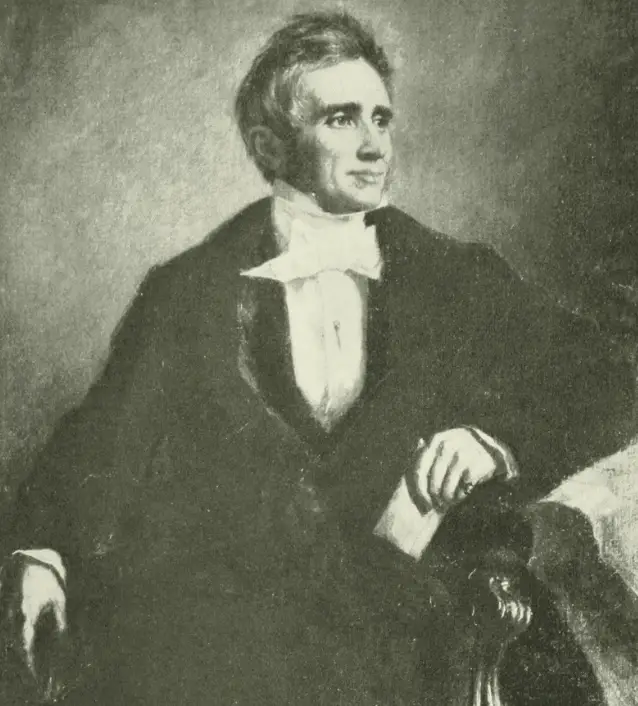
34. Wimbledon used to be a croquet club
What we know now as Wimbledon, the most prestigious tennis tournament in the world was initially formed as the “All England Croquet Club.” This happened on 23 July 1868 at the height of a croquet craze and the first croquet tournament was held in 1870.
Tennis was just introduced but instantly gained popularity, so the name of the club was changed to the All England Lawn Tennis and Croquet Club in 1877.
35. The first Wimbledon Tournament was held
Just 2 years after the introduction of tennis to the All England Croquet Club, the first tennis tournament, which we now know as Wimbledon, was held.
This happened in July 1877 and was a “Gentlemen’s Championship in Singles.”
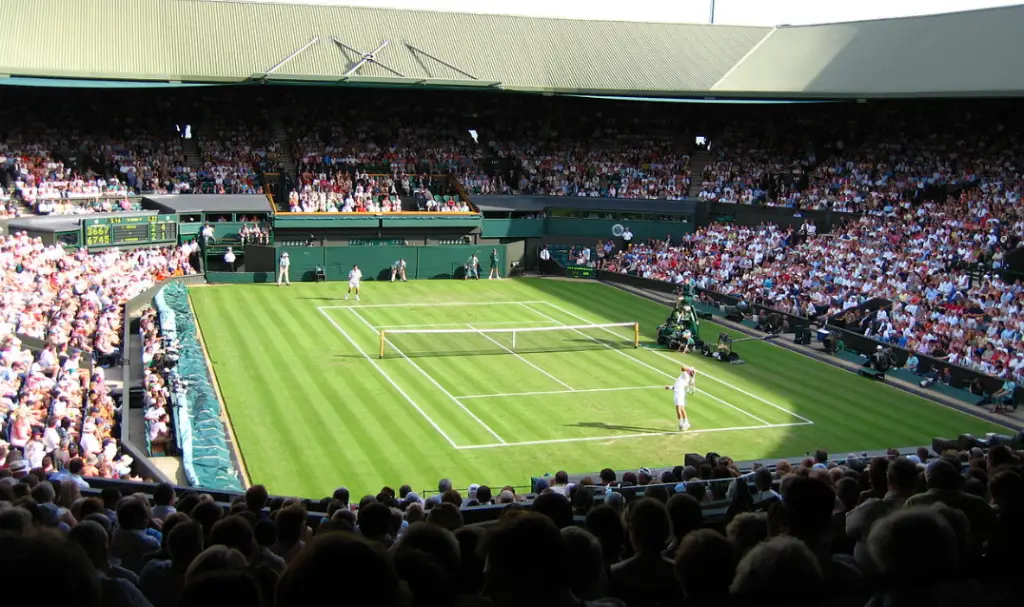
36. The first winner was the inventor of the volley
If you ever wonder why so many players use the technique of serve and volley at Wimbledon, then it might have something to do with nostalgia.
The first winner of the tournament, Spencer Gore, was the first-ever player to use the volley technique.
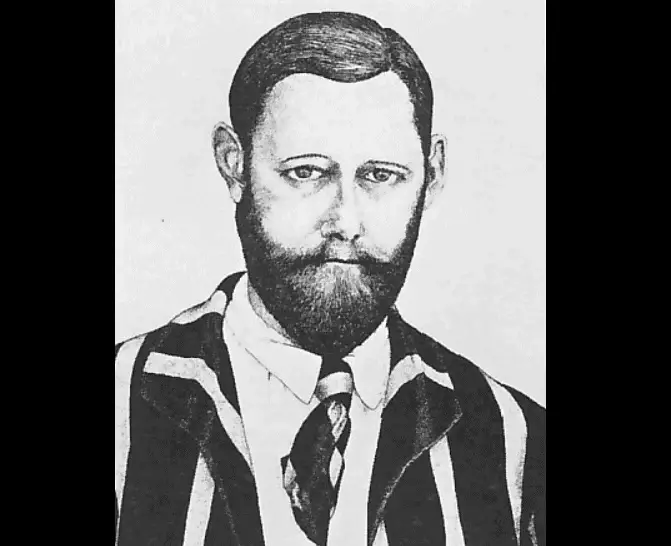
37. The first-ever tournament in the USA was held on Staten Island
Remember the lady that was held for questioning when she brought a box set with tennis equipment across the border?
Mary Ewing Outerbridge is considered to be the first person to introduce lawn tennis to the United States and helped to organize the first tennis tournament which was held at the Staten Island Cricket Club at Camp Washington, Tompkinsville, Staten Island, New York, in September 1880.
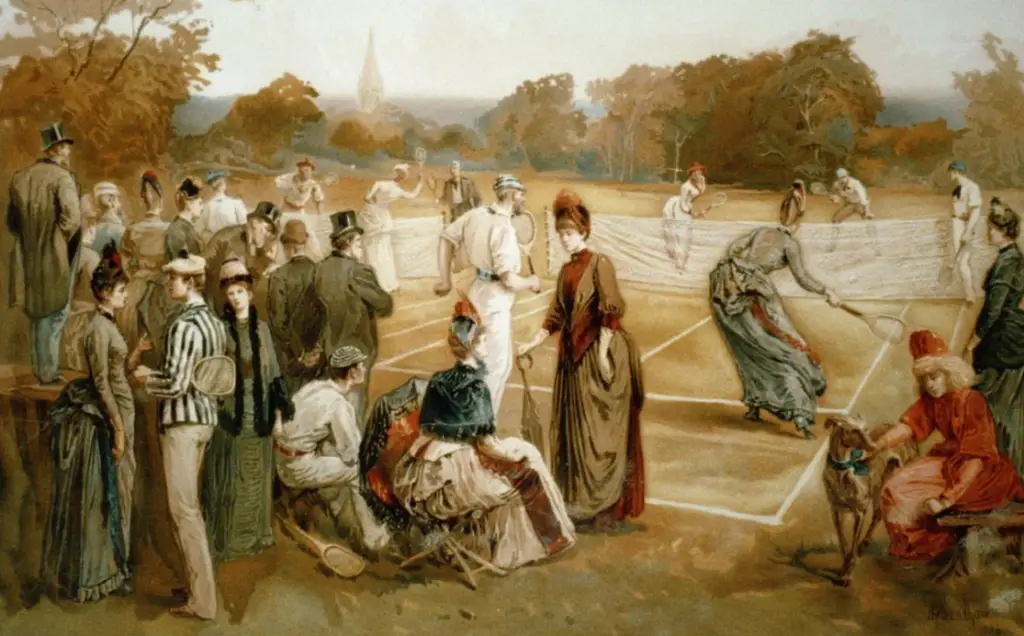
38. The United States Tennis Association was formed
The United States National Lawn Tennis Association was formed on May 21, 1881, and is the oldest nationwide tennis association in the world.
This was to standardize the rules and allow for the organization of tennis tournaments.
39. The US Open was played for the first time
That same year, another major tennis tournament known as the US Open was held for the first time as well.
Organized by the newly formed United States National Lawn Tennis Association, the US Open was first held in 1881 at the Newport Casino, Newport, Rhode Island.

40. There are 4 prestigious tennis tournaments
Apart from Wimbledon and the US Open, there are also the French Championships (known as Roland-Garros), dating back to 1895, and the Australian Open, dating back to 1905.
Together these four events are called the Majors or Slams and individually they are called “Grand Slam.”
41. The ITF was formed in 1913
And more importantly, the rules laid out by the ITF were finalized in 1924. This means the complete guidebook of rules which we know today, has been in use for nearly 100 years.
42. Tennis withdrew from the Olympics
Tennis had been an Olympic game since its inception as a major worldwide sport. The first time it was included was in 1896 and was included every 4 years until 1924.
It then, however, took a break of 60 years, only to be included permanently again since 1984 (it was included once more in 1968).
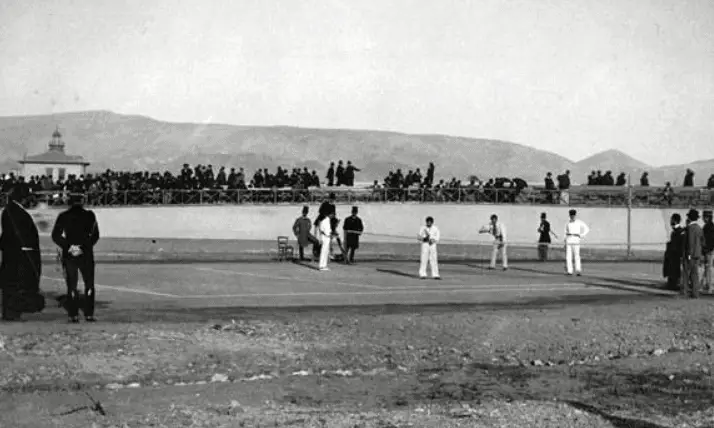
43. The Davis Cup dates back to 1900
The Davis Cup is the most important tennis tournament between national teams. The first time it was held was way back in 1900 and it’s held every single year.
The women’s version of the tournament is called the “Fed Cup” and was held for the first time in the year 1963.
44. The Davis Cup was created by a 21-year old
Dwight Davis is the creator of the Davis Cup. He created the cup when he was just 21 years old. Dwight Davis himself was a tennis player as well.
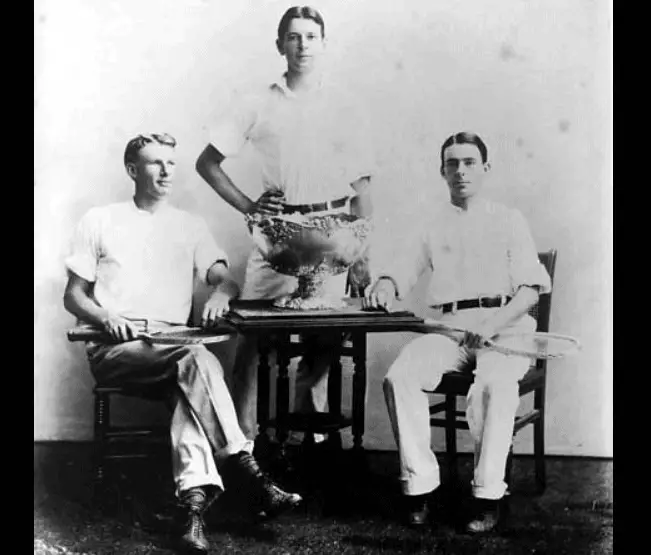
45. There as only major 1 major rule change
The rules that had been laid out by the International Tennis Federation in 1924 haven’t seen any major changes up until today, except one.
In 1971, the tiebreak system was included for the first time in Wimbledon. The tiebreak ends the set with a little competition to avoid sets lasting too long.
46. Hawk-Eye made the game honest
Hawk-Eye didn’t change the rules of the game directly but definitely made the game honest. It’s a technology that provides certainty about whether or not the ball went out of play or not by showing the exact “shot-spot” (the place the ball landed).
It allows players to call for a review, and the technology provides proof as to whether or not the referees made the correct decision by calling the ball in or out.
Sometimes referees can’t make the correct call, as you can see from the image below.
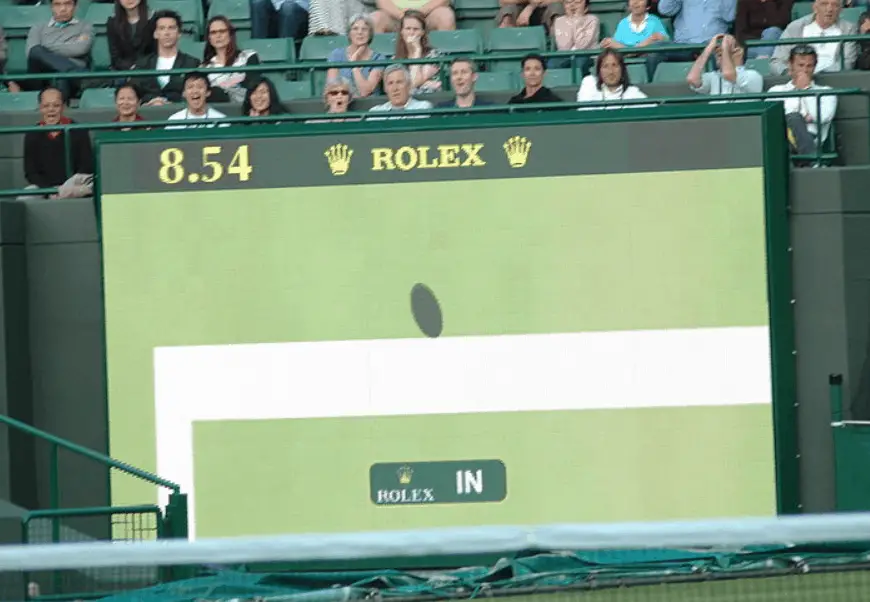
47. There’s an International Tennis Hall of Fame in Rhode Island
If you want to get a glimpse of a huge collection of tennis memorabilia and learn more about the most important tennis players and people in history, then Newport, Rhode Island is the place to go.
Jimmy Van Alen, the creator of the tiebreak system, created this place as a non-profit in honor of the amazing game of tennis.
